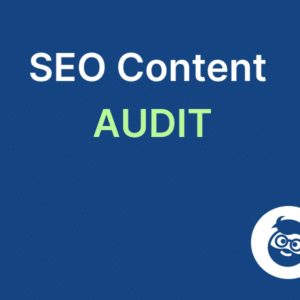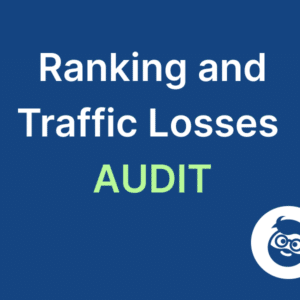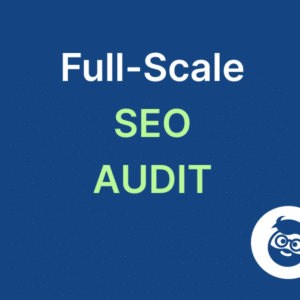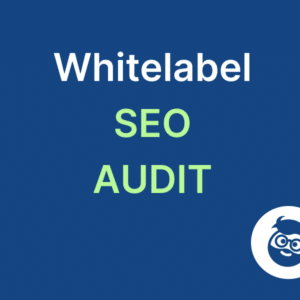It is thin content that fails to deliver on its promises to users and search engines. It is defined as unauthentic content and provides little value, including auto-generated copy, thin affiliate pages, scraped content, and doorway pages. Search engines typically rank a website higher for specific keywords when it has thin content but does not provide actual value to the user.
You should create trustworthy and valuable content to avoid having thin content. The information users find when searching for a keyword should provide the information they are looking for. A reliable source is accurate and delivers on what is stated in its headline. All “what” should be accompanied by “hows” that help the user better understand the information, even if this means linking to an external tool.



Good content needs to be well-organized, scannable via headers, readable, and include images, bullets, and call-out quotes to make it easy to read. It is essential to remember that the best blog posts provide value to users and don’t contain any fluff, typically ranging between 1,500 and 2,400 words in length. They should, therefore, use only a few words for a small message.
A successful SEO strategy needs to develop trustworthy and valuable content. Thin content can hurt a website’s search engine rankings and lead to a poor user experience. Conversely, you can ensure that your website ranks higher in search engines and provides a better visitor experience by focusing on creating content that is valuable to users.
Creating text without knowing actual keywords is some lottery, as you don’t know what and how exactly people are searching for the information you write about.
Showing 1–3 of 5 resultsSorted by popularity



Before creating use-case content, I highly recommend checking what Google suggests.
How to use additional ideas



No related posts.
Keywords and related keywords should appear naturally in the body every time, when you write quality content. However, there are some places that you need to make sure you place your keyword intentionally, including:
On-page SEO activities refer to SEO techniques you apply directly to your web pages to rank and appear higher on search engine results pages. Among them are title tags and meta descriptions, header tags, creating awesome content, internal links, URL structure, keyword use, image optimizations, mobile optimizations, speed optimization, and usability. By creating a user-friendly, optimized, and relevant on-page experience for both users and search engines, on-page SEO can drive more organic traffic and improve rankings.
Top 5 on page SEO factors: title tags, meta descriptions, header tags, content quality, and keywords. The on-page SEO process involves optimizing title tags, meta descriptions, header tags, content quality, internal links, URL structure, keyword usage, image optimization, mobile optimization, and speed.
Top 10 on page SEO factors include title tags, meta descriptions, header tags, content quality, internal links, URL structure, keyword usage, image optimization, mobile optimization, and speed. A website’s on-page SEO is a way to earn more search engine traffic and rank higher.
A step-by-step guide for on-page SEO:
